
Effective pricing is essential for successful sales, but what constitutes “effective pricing,” exactly?
Ideally, the best pricing strategy is one that maintains a good profit margin and keeps up with the competition, but knowing which product prices will maximize profit isn’t always easy.
[Tweet “Knowing which product prices will maximize profit isn’t always easy.”]
Pricing also changes over time, meaning that setting a certain price point one day may not make sense the next.
Customers today often compare product prices online before purchasing, leading to more competition between similar products and companies, and as a result, prices can shift dramatically over time as companies vie to stay on top.
So how do ecommerce businesses create pricing strategies that meet customer demand, beat the competition and still make them money? In short: A competitive pricing strategy powered by web data.
Web data can tell you what your competitors are doing, what customers are searching for, and how much power your products have at their current price points. Here’s what to know.

What Is Competitive Pricing Strategy?
There are several approaches that companies can take when it comes to pricing products:
- Cost-plus pricing – A prefixed profit margin is added over the total cost of the product
- Demand pricing – The price is set by establishing the optimal relationship between volume and price
- Markup pricing – A percentage is added (as profit) over the wholesale price
- Competitive pricing – Products are priced in accordance with what the competition is charging
In terms of a pricing strategy, competitive pricing has a lot of advantages. For one, it’s fairly simple, especially for retailers that have only a few direct competitors with similar products. In essence, your competition is doing the work for you (assuming they know how to navigate the market, of course).
It’s also lower risk than other pricing strategies. If you have a solid grasp on your market and your cost of production, you will almost always make a profit, which makes it an appealing option for retailers of every size.
But the trick with competitive pricing is that you absolutely need data in order to make the right decisions.
How Web Data Improves Pricing Strategies
Knowing exactly who your competitors are and what they’re charging for their products is essential. You also need to take into account the purchasing behavior of your customers as well as the performance of your own products.
Web data can support competitive pricing by allowing you to look at historical and current data from others in your marketplace and adjust to changing prices in near real time.
It can also help you:
- Make more informed pricing decisions, widening the gap between you and your competitors
- Adjust pricing by geography and product category
- Enhance your product positioning in the marketplace
A retailer using web data would be able to collect millions of competitive price points in selected product categories and zip codes, giving them the edge over local competition or for specific products. They could also determine the ideal offer and pricing for certain products by gathering bidding information from sites like eBay or other auction houses, for example.
Web data extraction can help you gather important information to fuel the launch of a product, determine the best price for successful sales and define its niche in the market.
It can also help if you’re worried that competitors are pricing products too low. Knowing what they’re charging and what the product is worth can help you create a pricing strategy that matches your product’s value, too.
In some cases, you may also want to extract other information like product reviews and distribution channels so you know exactly what people think of your product (if they think it’s worth the price you charge) and where it’s being sold (is it cheaper on some channels over others?).
But to do all this, you need to gather a lot of data from a multitude of sources (even competitors you don’t know exist).

Gathering Product Pricing Data
The best way retailers can gather enough data is by using an automated data extraction and monitoring tool (Diffbot’s Product API is designed exactly for this job). Without a robust data extraction tool, you run the risk of:
- Not getting enough data and limiting your pricing strategy to a handful of competitors (undercutting your profits)
- Getting stale or inaccurate pricing information (competitor prices change constantly, yours need to change along with them)
- Not getting a full history of product prices (if a product comes in price ranges or with quantity-based discounts, you want to know)
One of the biggest challenges with gathering product data is getting this data for hundreds or thousands of products from multiple sites daily. Not all data extraction tools can handle the job. Some scrapers may break, or in some cases may not be able to extract product information from certain sites due to formatting issues or other errors.
You may also need your extraction tool to gather other information, like product reviews, so you can price based on product performance. You want to choose a tool that has the capacity to handle large quantities of data from multiple sites if you want to stay truly competitive.
But getting that data is only half the battle. The other half is knowing how to use that data to create the best pricing strategy. Once you have access to pricing data from your competitors, you need to analyze it, automate it, and monitor its performance over time to ensure that your prices are actually beating the competition.
Analyzing the data. Once you have the data, you need to know how to interpret it to create a meaningful strategy. Good analytics can help companies identify factors that are often overlooked, like economic situations or product preferences that might change how pricing is set.
Automate the data extraction. Again, data needs to be fresh in order to stay competitive. Automated data extraction can pull current data from a multitude of sites at once. Automating also makes it easier to replicate and tweak data pulls so it’s not necessary to start from scratch every time.
Monitor product performance. The right extraction tool will help you monitor not only competitor pricing, but also your own product performance to see how those prices are performing for your target audience. This will help you make better pricing decisions that widen the gap between you and your competition.
Final Thoughts
When it comes to pricing, the more data you have, the better your strategy will be, the higher your profit margins will be and the more value you’ll provide for your customers.
Look for data extraction tools that can handle the challenges of pulling product data from websites. You want something that can give you fresh data on a regular basis and give you a complete view of a competitor’s pricing strategy so you know how to make better decisions.
Keep in mind that collecting the data is only part of the equation. You should also be looking at internal data – your historical sales and trends, promotions, your brand and product’s perceived value, and so on – as well as external data to create the best strategy for your business.
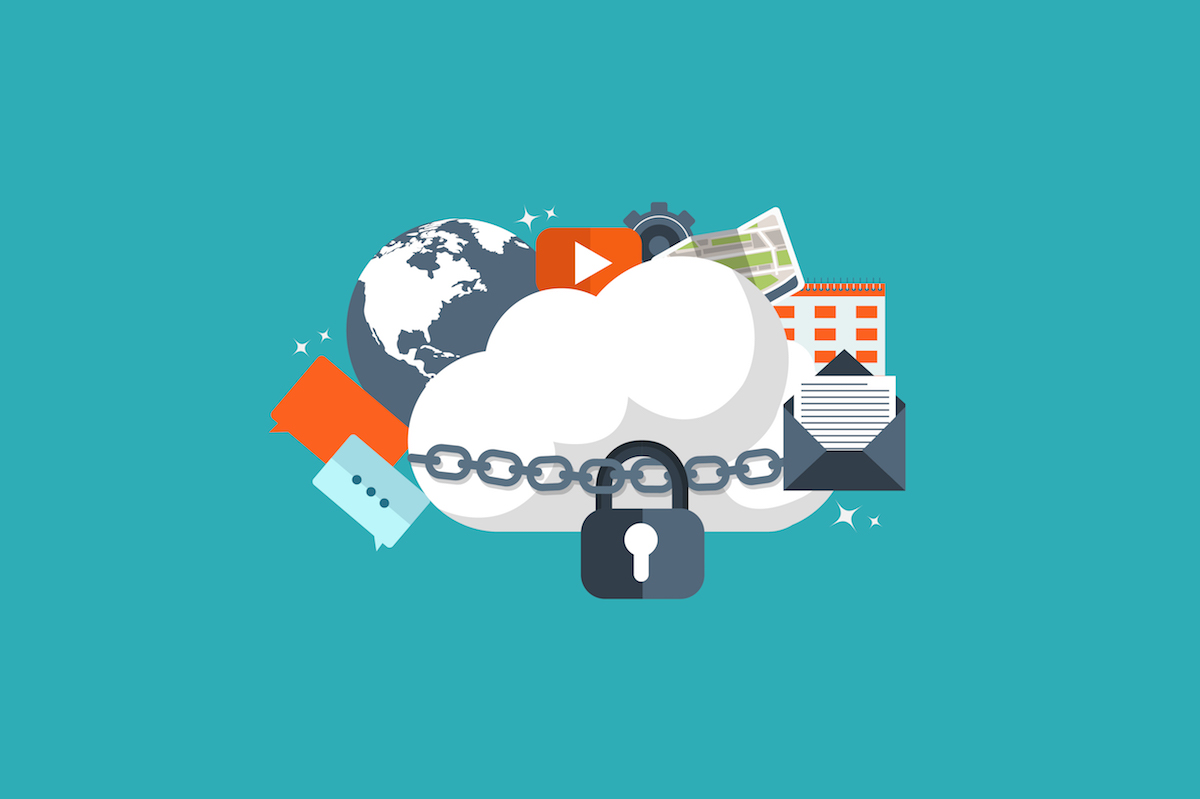
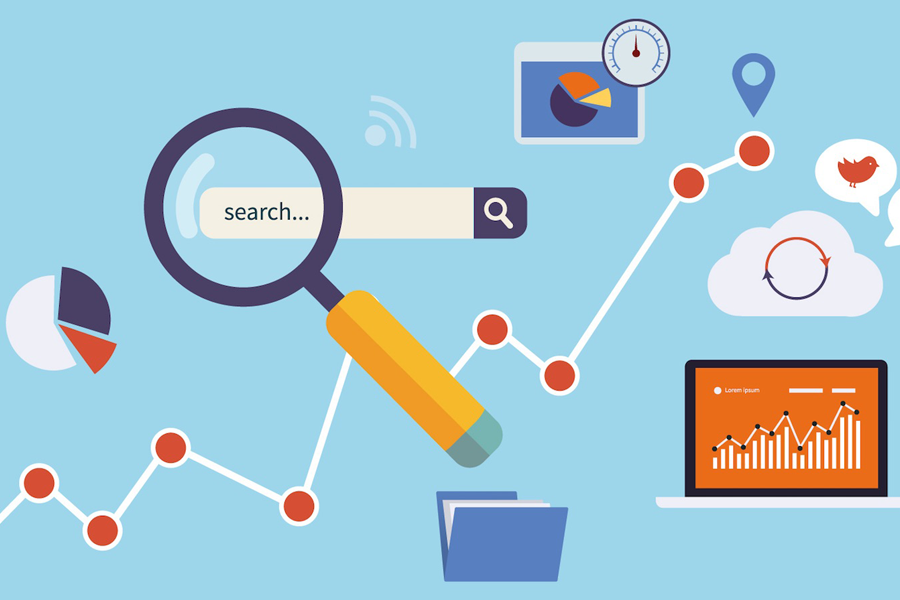
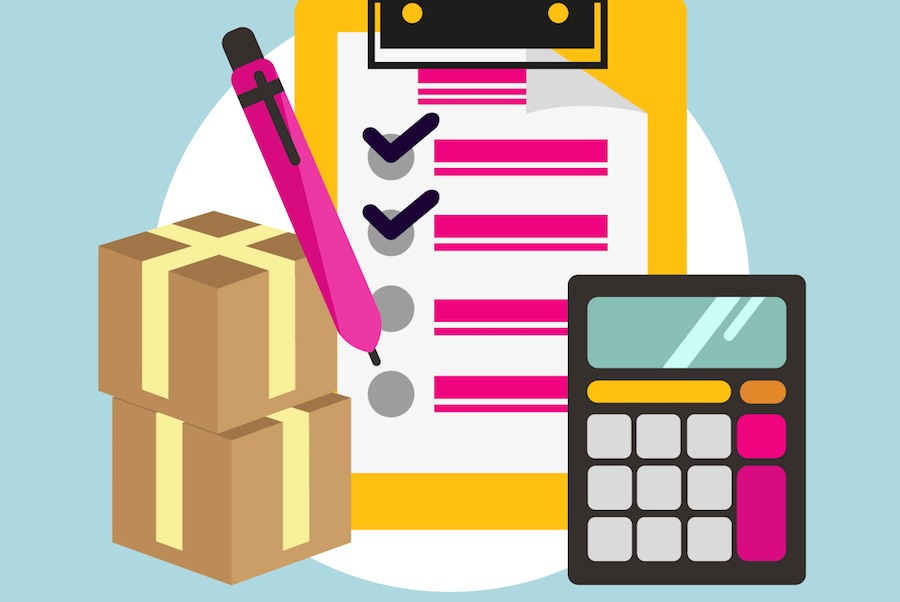


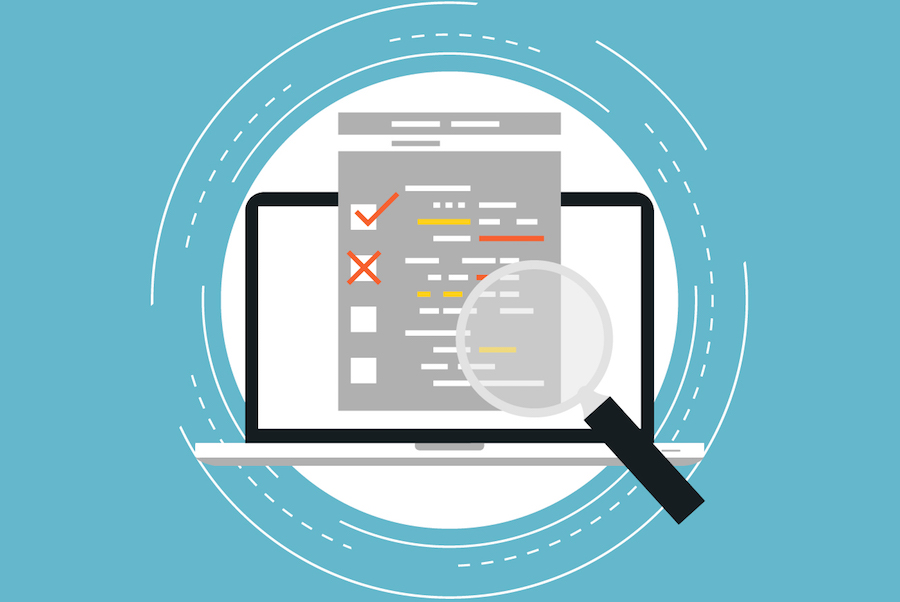













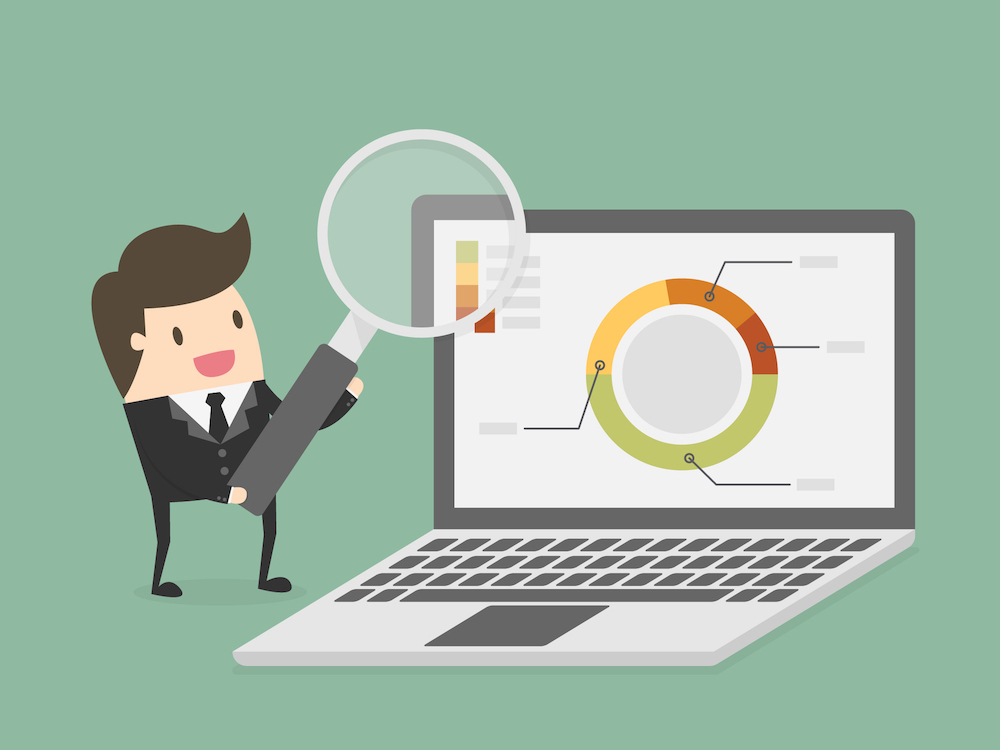
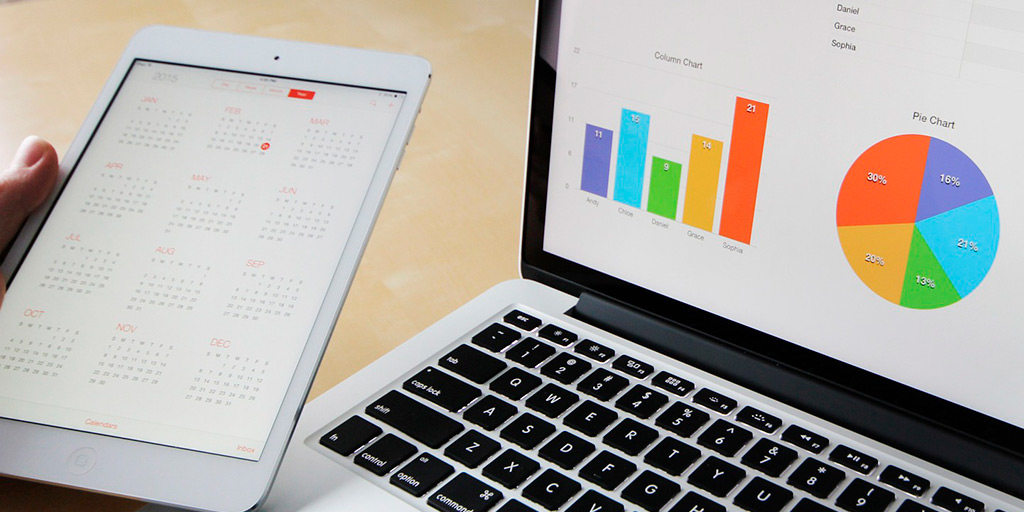
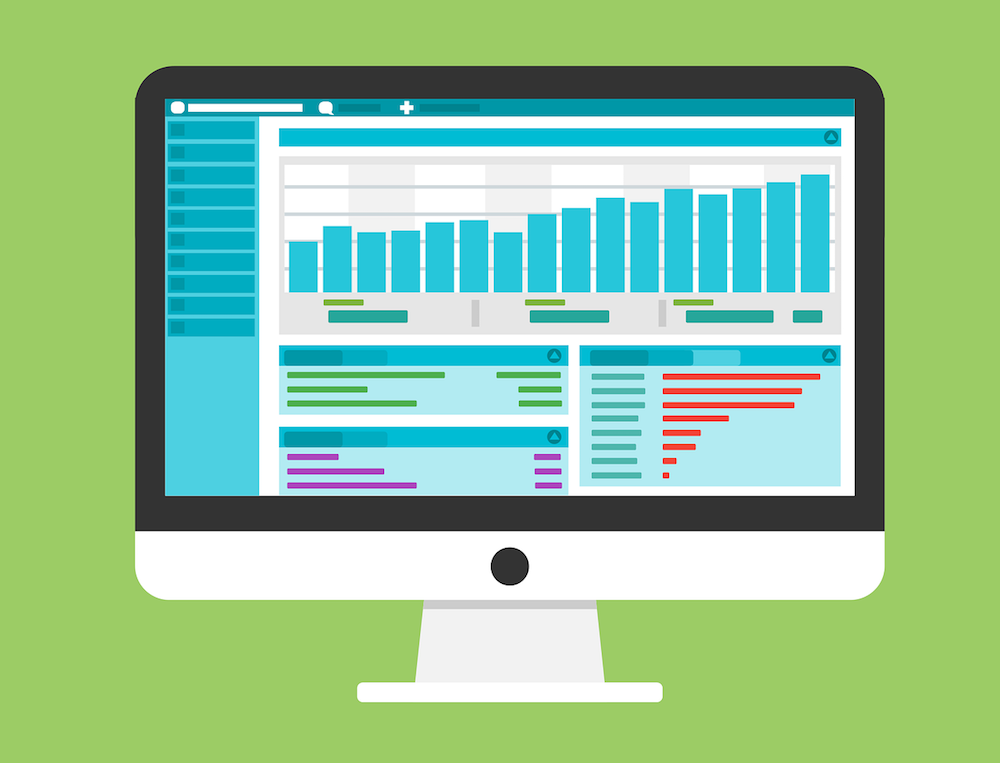




You must be logged in to post a comment.